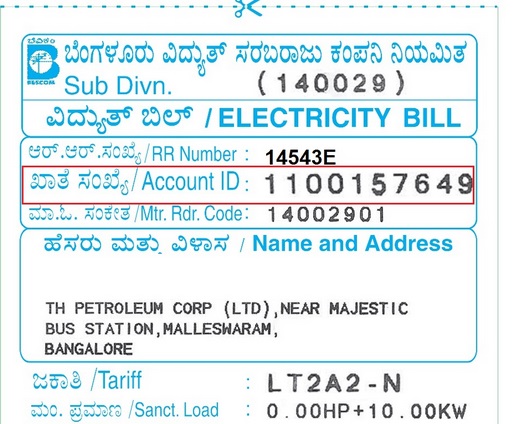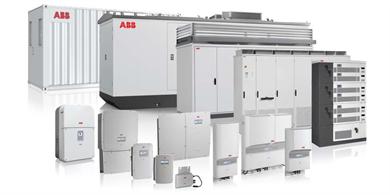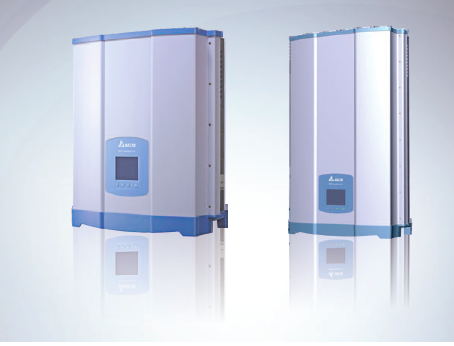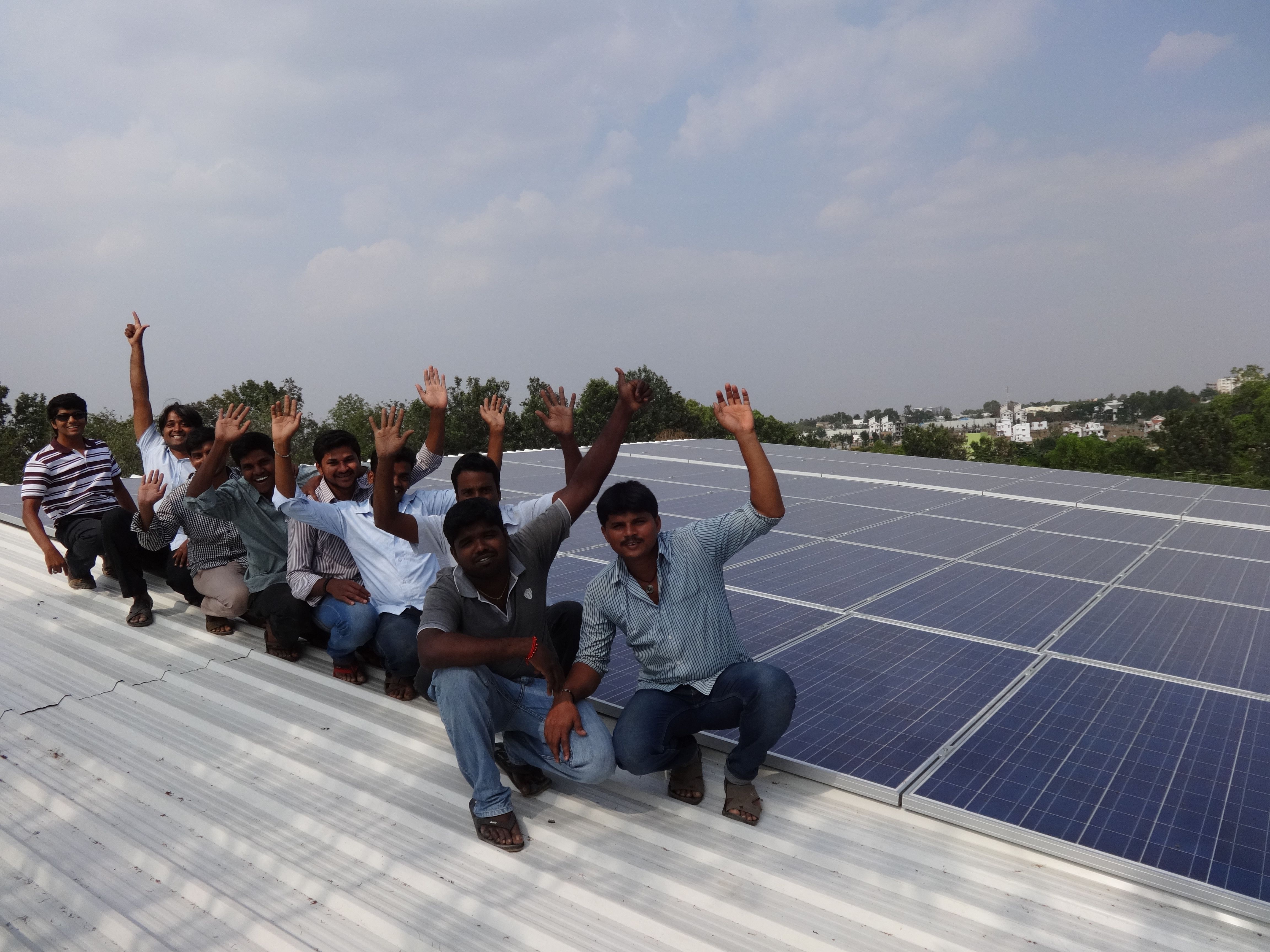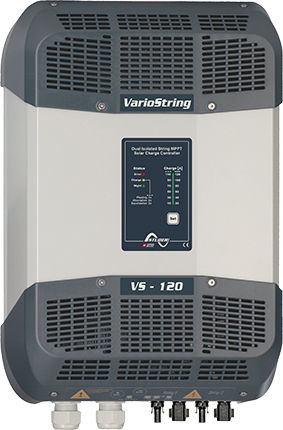Assessing Energy Needs for Solar Photo-voltaic System
Once you decide to go for solar installation on your rooftop, you would need to decide the type of solar rooftop PV system that you want to install. It could be off-grid roof-top or an on-grid solar rooftop PV solar system. For more details on off-grid and on-grid, please refer http://ecosoch.com/power/ For a standalone off-grid solar [...]

